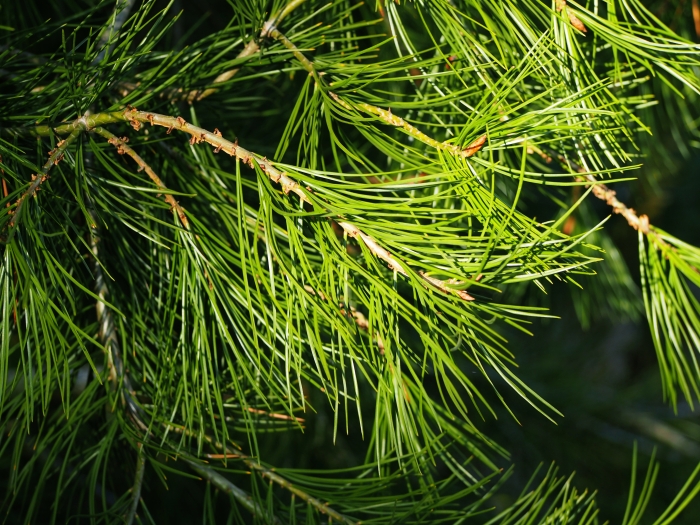Lacebark Pine
(Pinus bungeana)
Lacebark Pine (Pinus bungeana)
/
/

Agnieszka Kwiecień, Nova
CC BY-SA 4.0
Image By:
Agnieszka Kwiecień, Nova
Recorded By:
Copyright:
CC BY-SA 4.0
Copyright Notice:
Photo by: Agnieszka Kwiecień, Nova | License Type: CC BY-SA 4.0 | License URL: https://creativecommons.org/licenses/by-sa/4.0 | Uploader: Nova | Publisher: Wikimedia Commons | Title: Pinus_bungeana_Sosna_plamistokora_2017-10-15_02.jpg | Notes: {{Information |Description={{en|California Sycamore, Western Sycamore, Aliso}} {{la|''[[Platanus racemosa]]''}} Made in [[San Jose, California]], [[USA]]. Identified by [[User:MPF|MPF]]. |Source=self-made |Date=January 17, 2009 |Aut










































Estimated Native Range
Summary
Pinus bungeana, commonly known as Lacebark Pine, is an evergreen tree native to rocky mountainous areas and dry river basins in China. It typically grows to heights of 15–25 meters and is frost hardy down to below -26 °C. The tree is notable for its exfoliating bark, which peels away in irregular patches to reveal a mosaic of greens, whites, and purples underneath, creating a striking visual effect. The needles are arranged in bundles of three and can be up to 10 cm long. Lacebark Pine produces small, inconspicuous cones.
Lacebark Pine is valued for its unique bark, which adds year-round interest, and its overall hardiness, making it a favored ornamental in temperate regions. It is often used in bonsai and as a specimen tree in gardens and parks. This species prefers full sun but can tolerate light shade. It requires well-drained soils and is relatively drought-tolerant once established. While it has no major pest or disease issues, it can suffer from root rot in poorly drained soils.CC BY-SA 4.0
Lacebark Pine is valued for its unique bark, which adds year-round interest, and its overall hardiness, making it a favored ornamental in temperate regions. It is often used in bonsai and as a specimen tree in gardens and parks. This species prefers full sun but can tolerate light shade. It requires well-drained soils and is relatively drought-tolerant once established. While it has no major pest or disease issues, it can suffer from root rot in poorly drained soils.CC BY-SA 4.0
Plant Description
- Plant Type: Tree
- Height: 30-50 feet
- Width: 20-35 feet
- Growth Rate: Slow
- Flower Color: N/A
- Flowering Season: Non-Flowering
- Leaf Retention: Evergreen
Growth Requirements
- Sun: Full Sun
- Water: Medium
- Drainage: Slow, Medium
Common Uses
Bird Garden, Deer Resistant, Drought Tolerant, Edible*Disclaimer: Easyscape's listed plant edibility is for informational use. Always verify the safety and proper identification of any plant before consumption., Fragrant, Low Maintenance, Potted Plant, Rabbit Resistant, Street Planting
Natural Habitat
Rocky mountainous areas and dry river basins in China
Other Names
Common Names: White-Barked Pine, Bunge’s Pine, Bunges Kiefer, Tempel-Kiefer, Pin Napoléon, Platánkérgu Fenyo, Pino Di Bunge, Сосна Бунге (Sosna Bunge), 白皮松 (Bai Pi Song), 백송
Scientific Names: , Pinus bungeana, Pinus excorticata,
GBIF Accepted Name: Pinus bungeana Zucc. ex Endl.